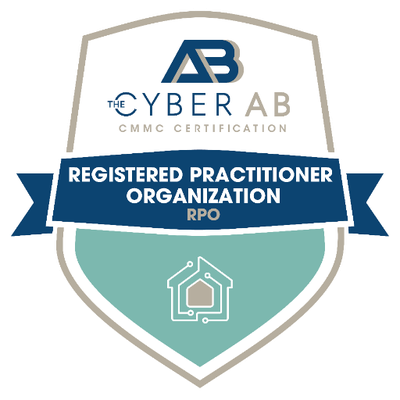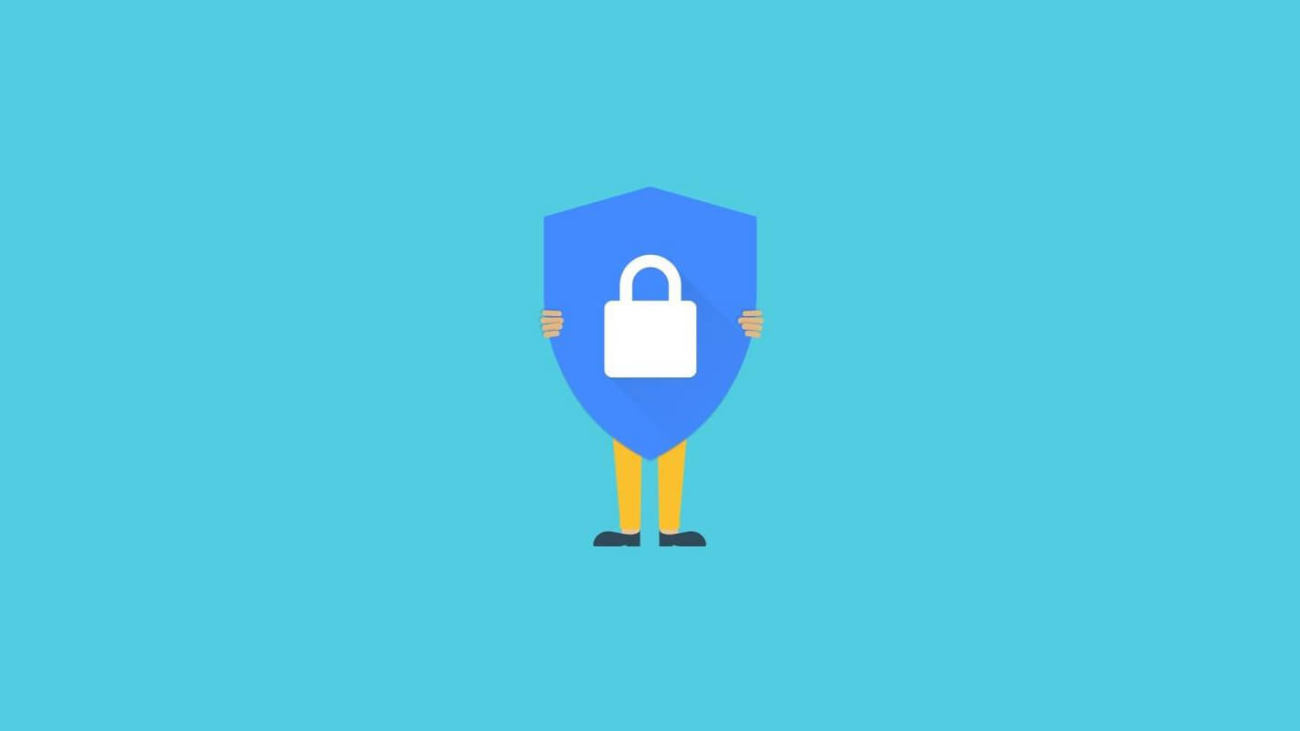In an era characterized by rapid technological advancements, interconnected networks, and increased digitalization, the security of sensitive information has become a paramount concern for organizations of all sizes and industries. As a response to the escalating cyber threats faced by both government and private sector entities, the National Institute of Standards and Technology (NIST) developed the Special Publication 800-171. This framework outlines a set of guidelines and requirements aimed at safeguarding Controlled Unclassified Information (CUI) within non-federal systems and organizations. The implementation of NIST 800-171 has proven to be a critical step in fortifying an organization’s cybersecurity posture, protecting valuable assets, and fostering trust among stakeholders.
1. Protection of Sensitive Information
NIST 800-171 provides a comprehensive blueprint for protecting Controlled Unclassified Information, which encompasses sensitive data that is not classified as secret but still requires stringent security measures. Organizations that handle such information, whether in the defense, healthcare, finance, or other sectors, are susceptible to cyber threats targeting valuable data like intellectual property, financial records, or personal information. Implementing the guidelines outlined in NIST 800-171 ensures that data remains confidential, preventing unauthorized access, disclosure, or alteration.
2. Mitigation of Cybersecurity Risks
Cybersecurity threats are ever evolving, making it imperative for companies to stay ahead of potential risks. NIST 800-171 provides a structured approach to identifying vulnerabilities and implementing measures to mitigate them. By adhering to its guidelines, organizations can conduct thorough risk assessments, identify potential attack vectors, and take proactive steps to address vulnerabilities before they can be exploited. This approach enhances an organization’s ability to detect and respond to security incidents promptly, minimizing the potential impact of a breach.
3. Regulatory Compliance
In many industries, compliance with specific cybersecurity regulations is not just a good practice but a legal requirement. NIST 800-171 is often referenced in various regulatory frameworks, such as the Defense Federal Acquisition Regulation Supplement (DFARS) and the General Data Protection Regulation (GDPR). Failure to comply with these regulations can lead to severe consequences, including fines, legal actions, and reputational damage. By implementing NIST 800-171, organizations can demonstrate their commitment to meeting regulatory requirements and avoid the legal and financial implications of non-compliance.
4. Enhancement of Stakeholder Trust
Maintaining the trust of customers, partners, and stakeholders is crucial for any organization’s long-term success. High-profile data breaches have shown that a security incident can erode trust and tarnish an organization’s reputation. Implementing NIST 800-171 sends a strong signal to stakeholders that an organization takes data security seriously and is actively investing in safeguarding sensitive information. This, in turn, can lead to increased customer loyalty, stronger partnerships, and improved brand perception.
5. Competitive Advantage
In today’s competitive business landscape, organizations that prioritize cybersecurity can gain a distinct competitive advantage. Companies that can assure customers and partners of the safety of their data are more likely to win contracts, secure partnerships, and attract new clients. Implementing NIST 800-171 demonstrates a commitment to excellence in security practices, setting an organization apart from its peers and positioning it as a trustworthy and reliable partner.
The implementation of NIST 800-171 is not merely a technical requirement but a strategic imperative for organizations operating in the digital age. By adhering to the guidelines outlined in this framework, companies can protect sensitive information, mitigate cybersecurity risks, ensure regulatory compliance, enhance stakeholder trust, and gain a competitive edge. In an era marked by escalating cyber threats, the adoption of NIST 800-171 is a proactive step towards fortifying an organization’s cybersecurity posture and securing its future in an increasingly interconnected world. Contact us 330-762-5143




